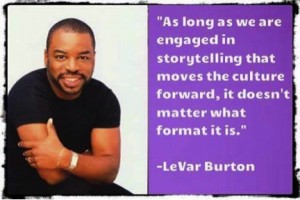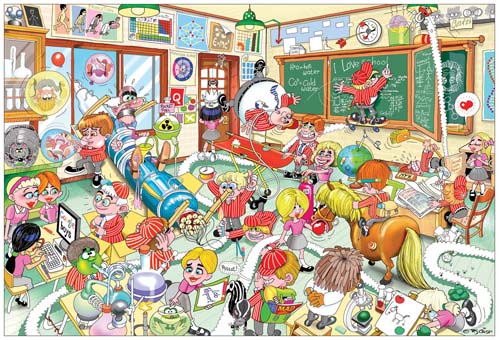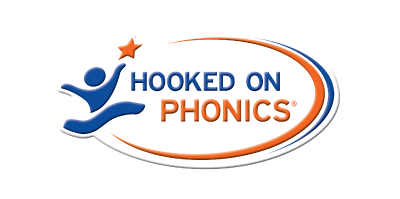What can we classify as meaningful literature for today’s youth? Is it time for parents and educators to broaden their definitions of what they consider “reading” in our changing world of media?
I have many parents ask me for advice on how they can encourage their child to read more. When I ask them how often their child reads, many of these parents reply “She doesn’t read. She hates books and just spends all evening on the computer looking at One Direction websites…”
I see many of my students engaging with information contained in different forms of literature every day, including graphic novels, recipe books and the profiles of sports stars; but some of these same children will also grudgingly work their way through our book studies of popular novels. So is the student who enjoys reading print books and novels any more engaged with literature and the information contained within it than the student who spends two hours each night reading about the private lives of her favourite boy band members?
The way we share and convey information has evolved dramatically throughout human history, from cave drawings to oral storytelling to the creation of text to that text being available on a screen that fits in the palm of our hands. I think it is important for educators to also evolve by considering how our students are engaging with these different forms of literature. Students learn and retain information best when they find it engaging and meaningful, and some small tweaks to traditional literacy projects could help make material much more relevant for today’s students: perhaps using a book study to assess for literacy comprehension could extend from just a selection of novels to include multiple forms of literature, like blogs, graphic novels, or websites; maybe a spin on teaching students about dialogue could involve students conversing via instant messages; I can’t think of a better way to teach the value of concise writing than by challenging students to write a descriptive sentence in a 140 character tweet.
Don’t get me wrong – I have always loved books. The multiple bookcases in my office overflowing with picture books, novels, and textbooks is a testament to my unfettering love of books. I also believe that there is a great deal of value in classic literature – I still can’t see a spider web at a farm without a small piece of me wanting to believe that the resident pig and spider are somehow magically best friends. But I think we need to cut our youth a little bit of slack. With the massive changes in technology that our world has experienced in the past few decades, reading, storytelling, acquiring information, writing and literature now come in many different formats, and our children and students are trying to find which of these formats they find the most appealing and comfortable to engage with. Let’s not discount their attempts or discourage their journey, but rather let’s celebrate reading and literacy in all of it’s different forms.





